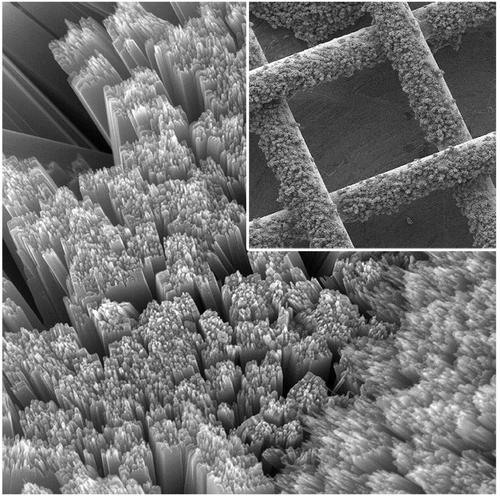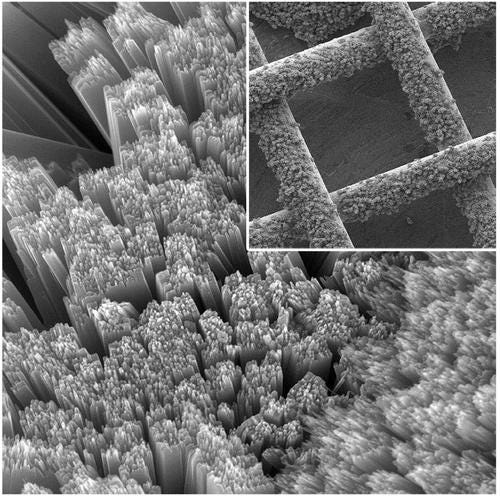Ohio State Researchers Develop World's First Solar Battery
December 4, 2014

Capturing solar energy is one thing, storing it is another. It's a major problem facing researchers who are trying to make solar power more viable for widespread and scalable use.
To that end, researchers at Ohio State University have designed what they say is the world's first solar battery, which combines both a solar cell and storage capacity in a single device. Removing the need for electricity to travel from the solar cell to an external storage device eliminates energy loss. The integration also makes it less expensive to manufacture such a device, another benefit of the technology, Yiying Wu, a professor in the Department of Chemistry and Biochemistry at the university and lead researcher on the project, said.

"The challenge has been to figure out a suitable 'bridge' that links a solar cell and a battery, and transfers electrons efficiently," Wu said. "Previous trials are based on ohmic linkage, which is essentially wiring solar cell and battery together. This does not really reduce the fabrication cost. Making renewable energy technologies more affordable is crucial."
Wu and fellow researchers took a different approach to bridging that gap, linking a solar cell and a battery through a chemical connection called a redox shuttle. They published their work in the journal Nature Communications. "Iodide additive in the electrolyte acts as a 'shuttle' that carries electrons, and transports them between the battery electrode and the mesh solar panel," he explained. "The use of the additive enhances the electron, transferring efficiency to close to 100%. Moreover, now the functions of both solar cell and battery are achieved in one single device."
The mesh solar panel -- designed by team member and graduate student Mingzhe Yu -- is also key to the design, allowing air to enter the battery and the battery to charge. Yu designed a permeable mesh solar panel from titanium gauze, a flexible fabric upon which he grew vertical rods of titanium dioxide like blades of grass. Air passes through the gauze while the rods capture sunlight.
"During charging, light hits the mesh solar panel and creates electron-hole pairs," Wu said. "The redox shuttle will carry the charges from the mesh photoelectrode to the battery oxygen electrode and decompose lithium peroxide into lithium ions and oxygen. The oxygen is released into the air, and the lithium ions are stored in the battery as lithium metal after capturing the electrons."
In tests, the device has been operated at an energy density of ~28mAh g-1, Wu said. The current device can store 35mAh energy, but the team is developing a prototype device with the energy capacity of 300Wh that Wu said should be designed in a year's time. "The ultimate goal is a system with 30KWh, for supporting the use of an average American house," Wu said. That device could be available in three to five years.
Once work on the device is complete, the university plans to license the solar battery to help make renewable energy more affordable and accessible.
Related posts:
About the Author(s)
You May Also Like



